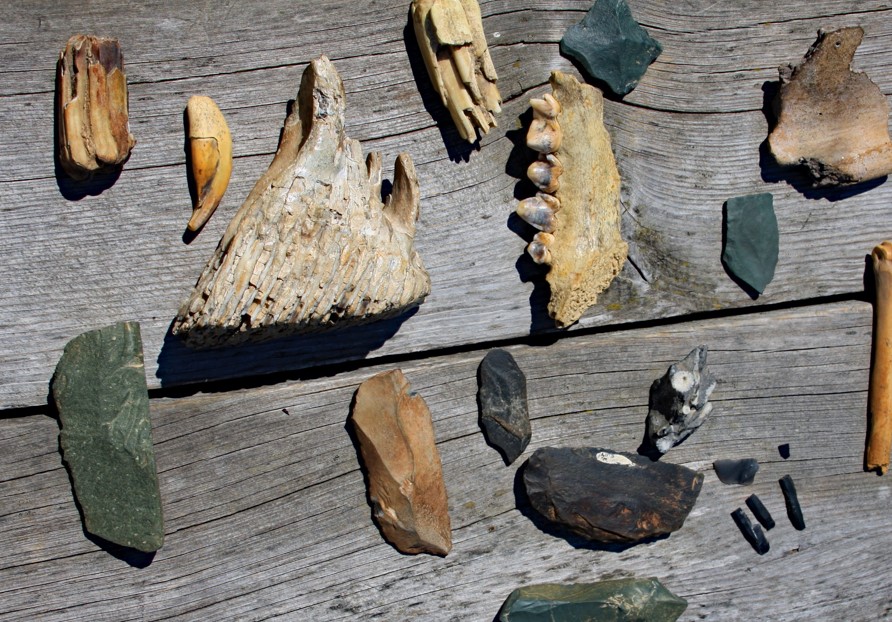Denisova Cave in Siberia’s Altai Mountains is the only spot on the planet that’s known to have been lived in by Denisovans, Neanderthals, and Homo sapiens. By analyzing traces of DNA left behind by these three human lineages, researchers have now reconstructed the cave’s chronology, revealing exactly when each species moved into the prehistoric hotspot.
The iconic cave consists of three compartments, known as the Main, East, and South Chambers. Previous analyses of the Main and East sections have helped to illuminate some aspects of the site’s history, and the authors of a new study have now filled in the gaps by documenting the ancient human and animal mitochondrial DNA in the South Chamber.
In total, the researchers retrieved 213 samples of human genetic material, with the oldest Denisovan DNA occurring in layers of sediment dated to around 250,000 years ago. The earliest Denisovan fossils and stone tools, meanwhile, are about 200,000 years old, suggesting that this extinct hominid was still around at the time when Neanderthals first took up residence in Denisova Cave.
According to the study authors, the first traces of Neanderthal DNA appear shortly after 200,000 years ago, although the majority of fossils from this species are dated to between 150,000 and 80,000 years ago. Intriguingly, the assemblage in the South Chamber more than doubles the cave’s concentration of Denisovan DNA sequences from the period between 80,000 and 50,000 years ago, when other human groups were present at the site.

A collection of prehistoric human remains and stone tools from Denisova Cave.
Image credit: OlgaMed/Shutterstock.com
As for our own species, it seems we arrived on the scene after Neanderthals had become extinct, making our home in Denisova Cave between 25,000 and 20,000 years ago. Among the traces of modern human DNA found in the South Chamber were two samples retrieved from a deer tooth pendant, which was likely worn by a female individual descended from a group of north Eurasian humans that came from the east.
Based on this timeline, the study authors suggest that subsequent human species may have moved in and out of Denisova Cave as fluctuations in the Ice Age climate created suitable conditions for different groups. For instance, the researchers explain that “[the] habitat was least favourable for Denisovans and most suitable for Neanderthals during the last two interglacial periods.”
However, an analysis of the animal DNA within the South Chamber indicated that no major turnover in the cave’s faunal population occurred at the time that Denisovans disappeared, suggesting that climate change may not have driven this ancient hominid from the area. Instead, the researchers speculate that “competition for resources or encounters with modern humans” may have resulted in Denisovans being evicted from their ancestral home.
The study is published in the journal Nature Communications.
Source Link: We Now Know When Denisovans, Neanderthals, And Modern Humans Inhabited Denisova Cave